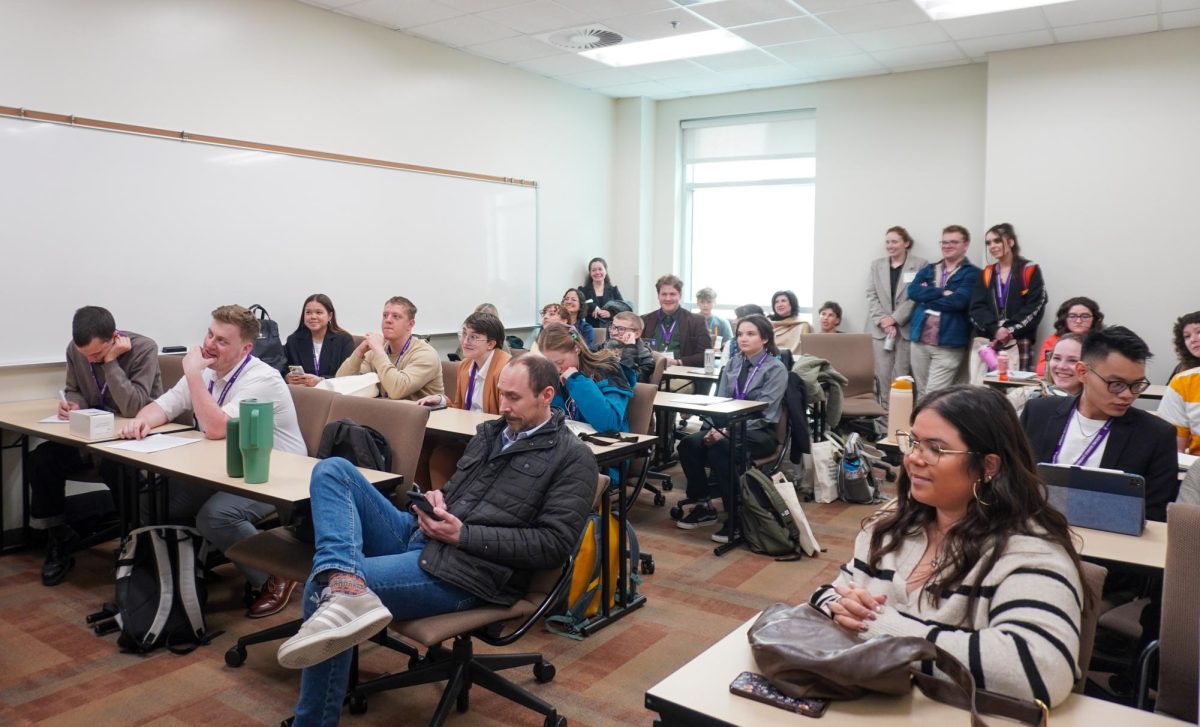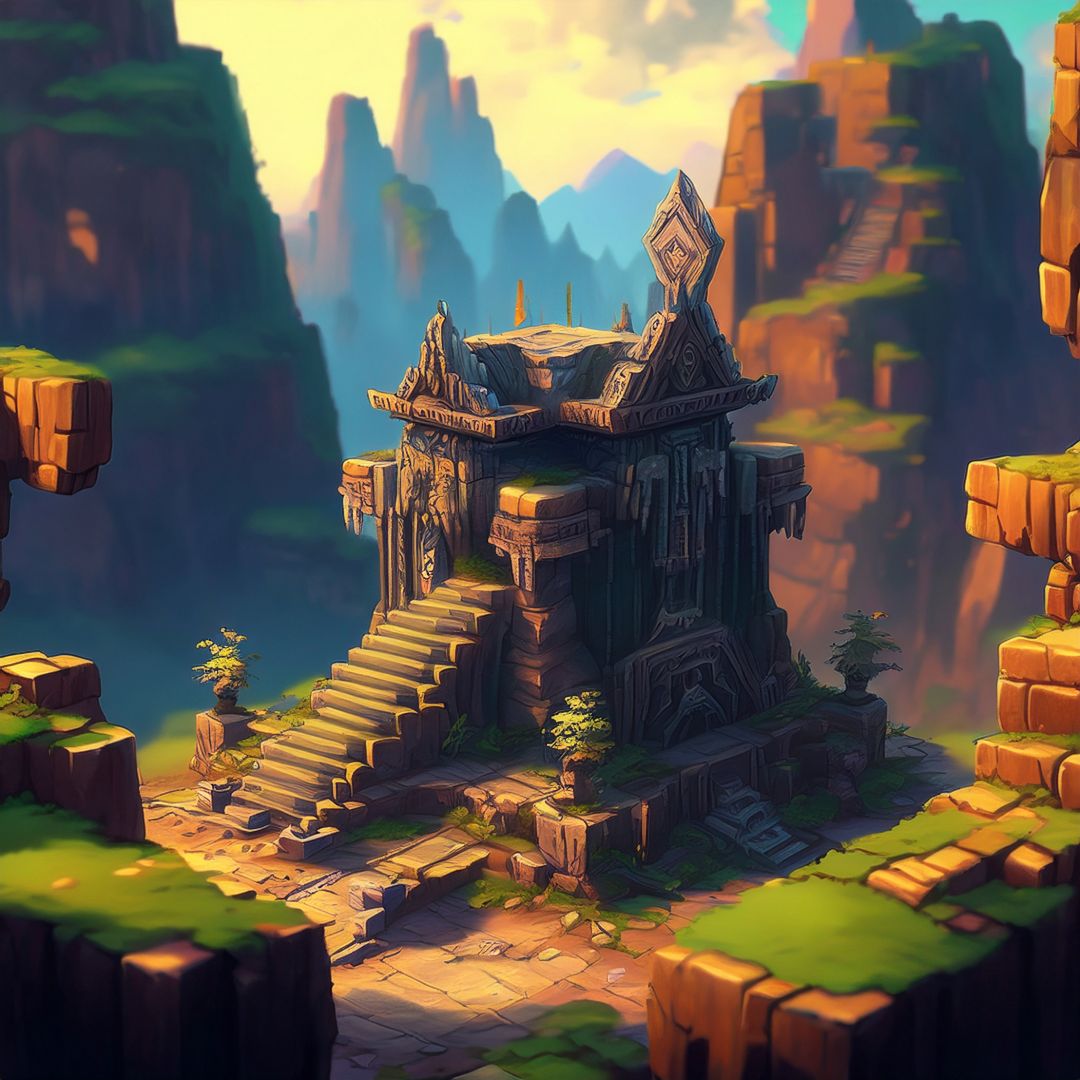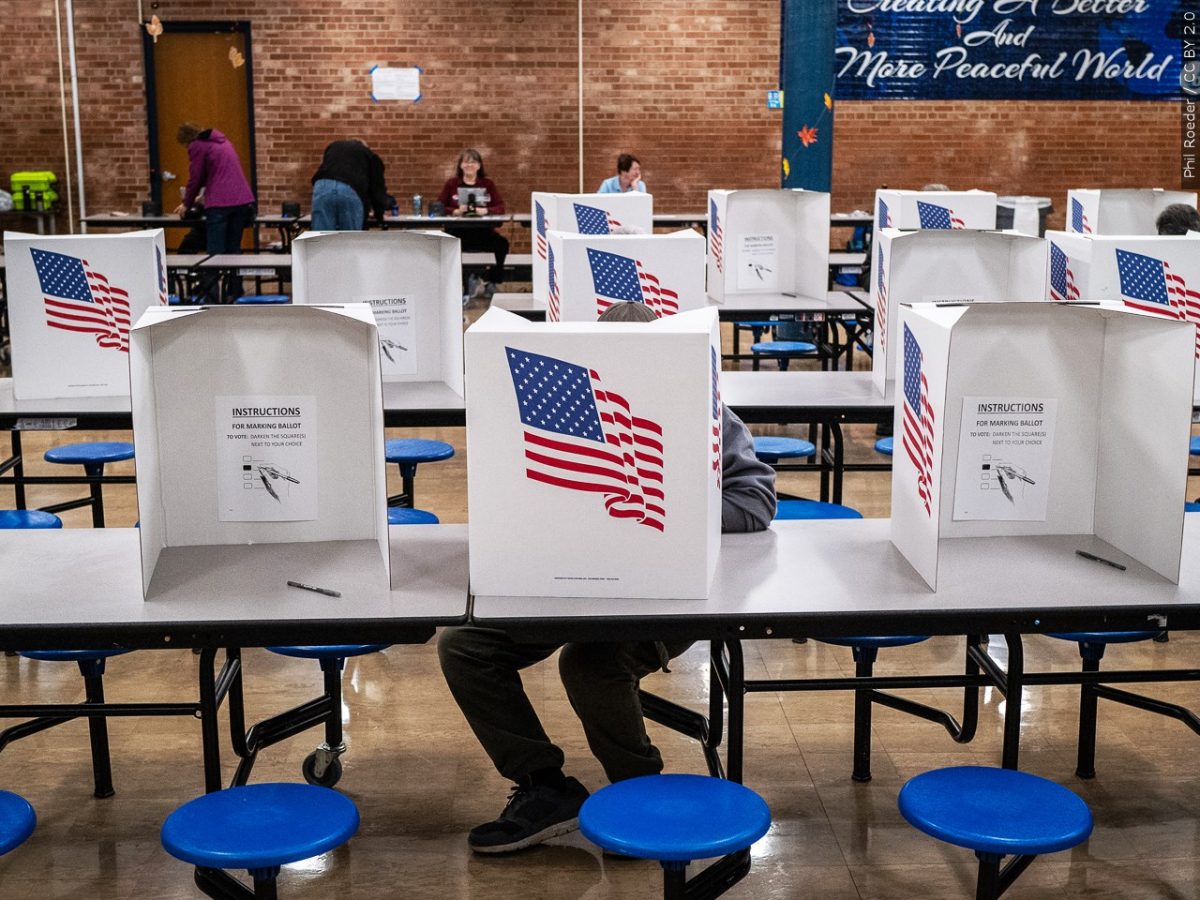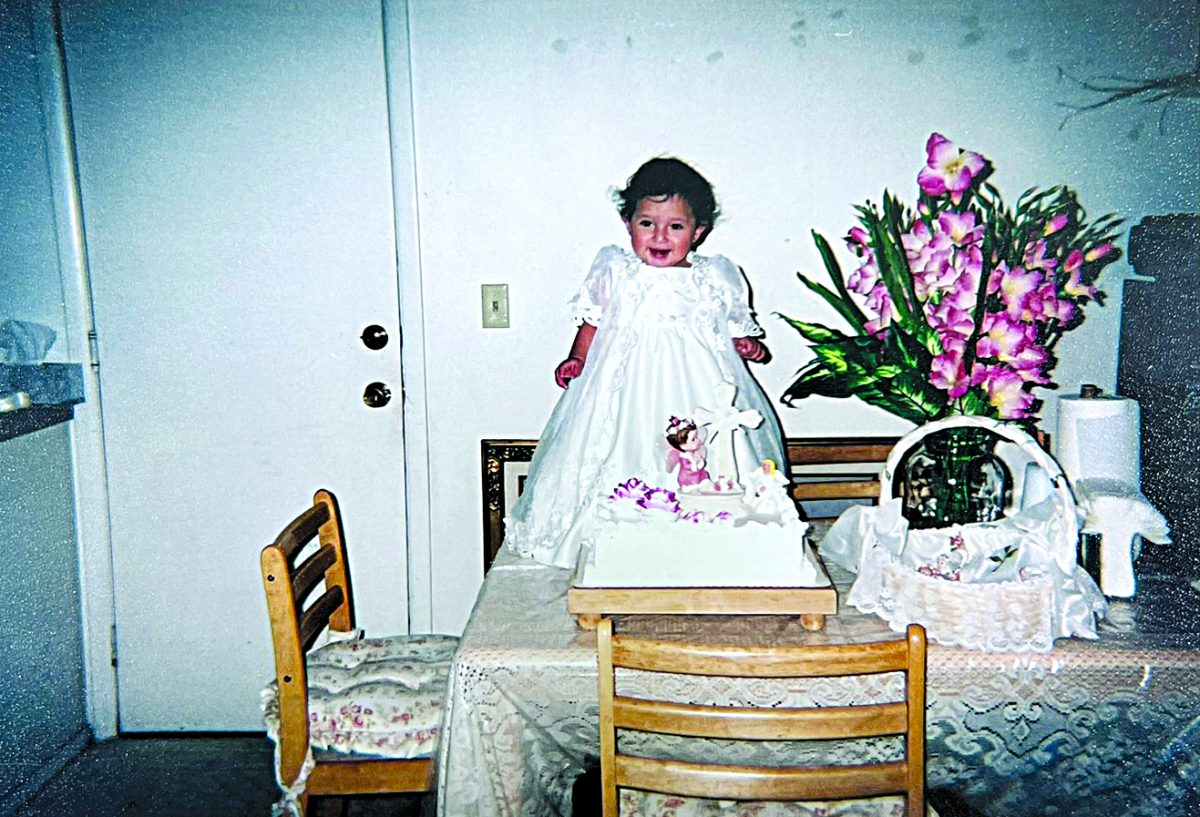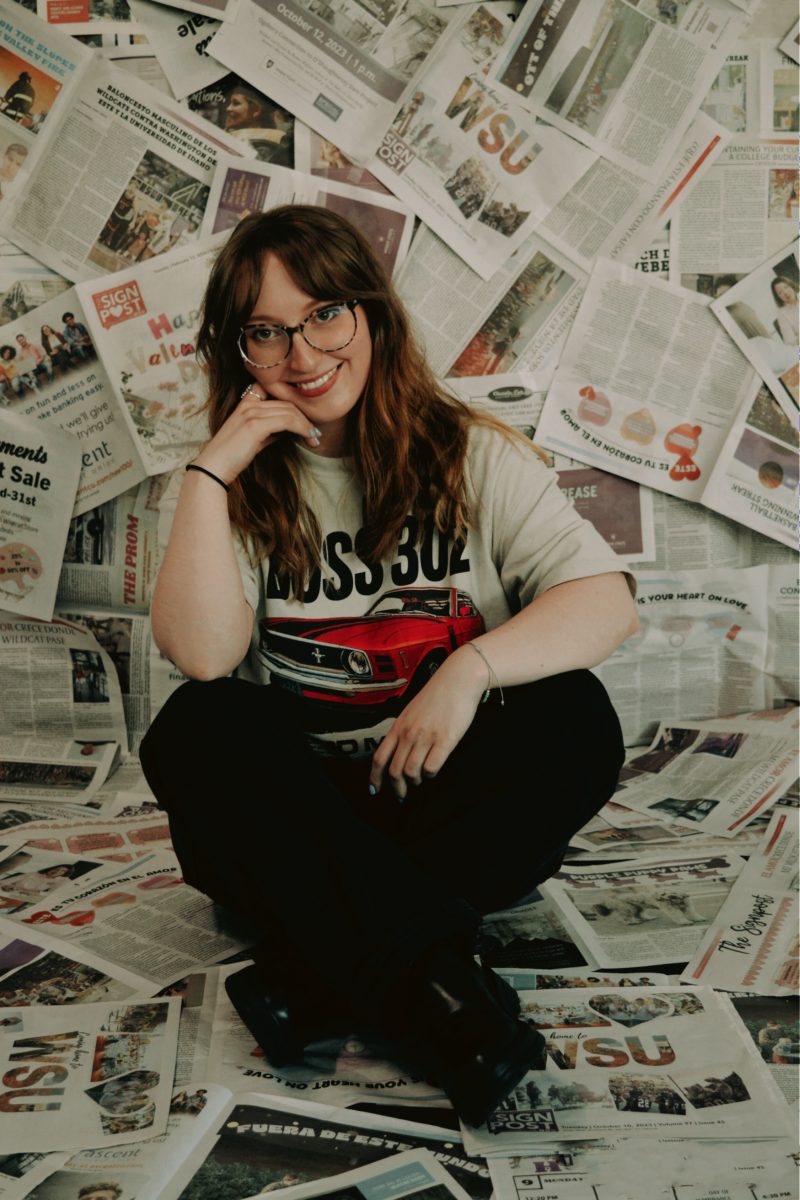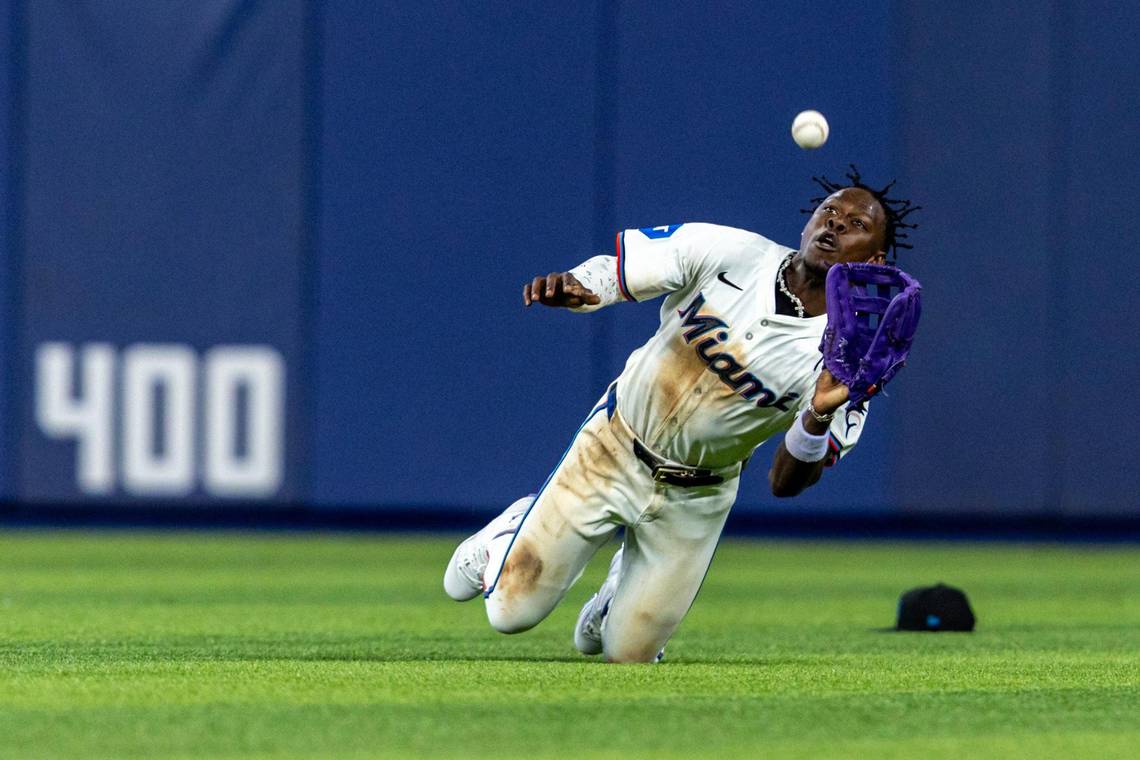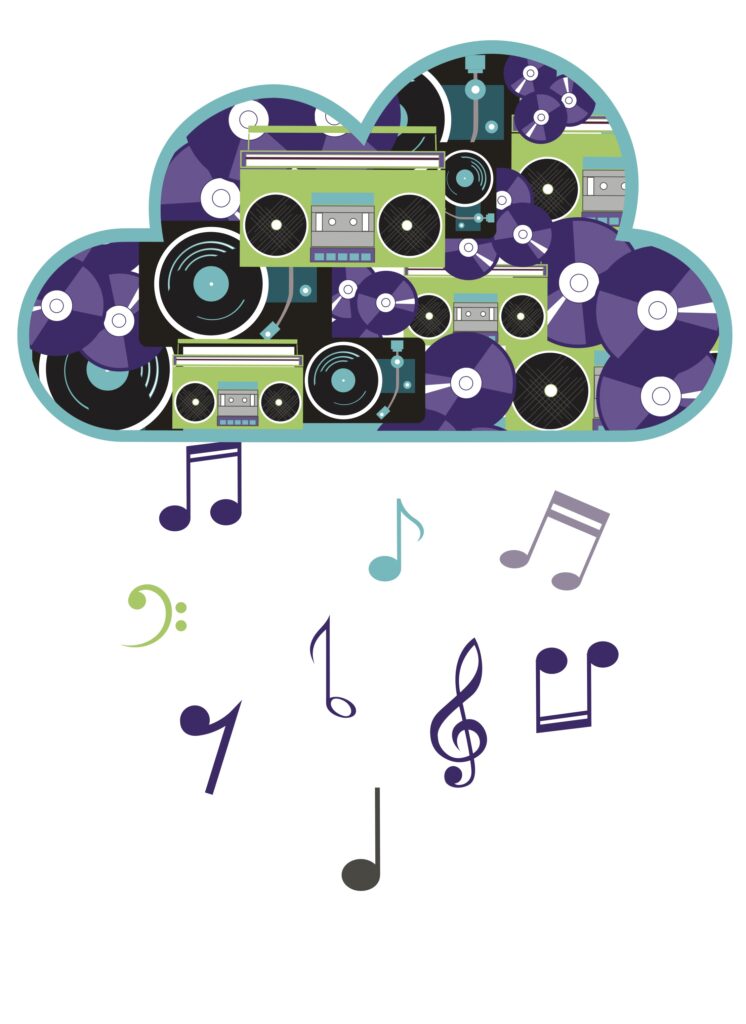
Ten years later, I still remember the first time I listened to the “Dark Side of the Moon,” by Pink Floyd. I was riding the bus to school, it was raining outside and I was trying to hide my discount mp3 player because it wasn’t an iPod.
In spite of my cheap technology, I had pure gold playing at maximum volume. The music filled me, and all I could think about during school was when I could listen to the album again.
Because of my euphoric experience with “Dark Side of the Moon,” I was eager to find another album that could satisfy my need to experience an entire album and not just an individual song.
Shortly after discovering Pink Floyd, I dove into a world of music that was previously unknown to me. I hungrily devoured older music from artists like Simon and Garfunkel, James Taylor, Neil Young, The Beatles and many others.
These artists discovered territory that was just out of reach for so many other bands, and by doing so, they laid the footwork for contemporary bands like Radiohead, The Black Keys and Nirvana.
As I listened to these artists, I cultivated an appreciation for the art of “the album,” and the way that artists present narratives and themes across a collection of songs. I also learned that albums are meant to be listened to — in order, instead of shuffled. Many musicians take great care to create a journey for listeners rather than a pitstop.
Applications such as Spotify, Pandora and Apple Music are taking over the world with their radio-style platforms. Through these applications, the age of the album is diminishing and the age of “the single” is claiming the music world.
I understand that the single is not a new term to the music industry, and not all albums need to be listened to in order to appreciate them. However, the music industry has changed the way music is marketed and distributed today, compared to the way it was distributed as recent as 10 years ago.
Even though vinyl records are making a comeback among millennial hipsters, they don’t make up for the 50 percent drop in CD sales since 2000. Single tracks that make the No. 1 spot on Spotify playlists don’t need an accompanying album to go with them.
As the production of three-worded pop songs seize the attention of millions of listeners, there is still hope for traditionalists who appreciate the art of the album.
The polarization of album-based artists versus the advocates of the single track will create two entirely different schools of music. Many genres of music don’t need the album, and that is okay.
Some artists will continue to take advantage of the single, neglecting the rest of the songs on their album and producing half-done b-side tracks.
The dedicated artists who take great care to perfect their craft and provide meaningful experiences for their fans will leave a much deeper mark in the hearts of those traditionalists who truly appreciate a well-developed composition.
I constantly crave the feeling I first felt when I listened to “Dark Side of the Moon.” I have found that feeling as I have listened to many other albums since that rainy day, and I feel confident that the art of the album will continue to evolve itself in new and unique ways as the music industry responds to new needs and creates more interested listeners.



